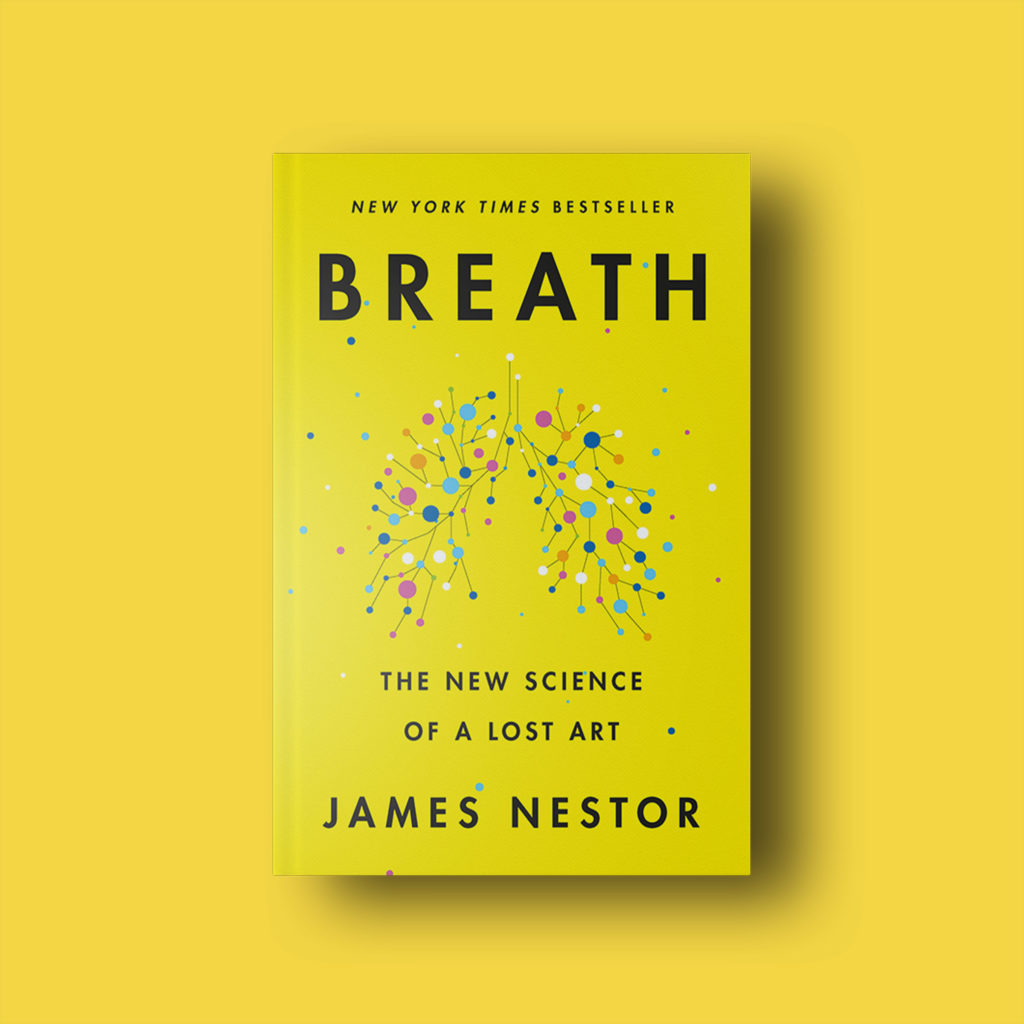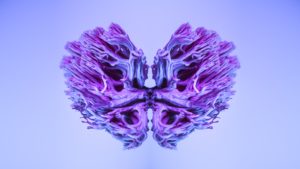Lung Capacity: A Path to Health and Longevity
In our pursuit of health and longevity, we often focus on various aspects such as diet, exercise, and mental well-being. However, one essential factor that is often overlooked is the significance of lung capacity. Our lungs are not just organs responsible for oxygen exchange; they hold the key to our overall well-being and vitality. Drawing inspiration from ancient wisdom and modern practices, let’s explore the importance of lung capacity and how it can enhance our physical power, metabolic health, and ultimately, the quality and longevity of our lives.
For centuries, monks and practitioners of ancient disciplines like yoga have recognized the connection between breath and life force. Breathing techniques have been employed as a means to increase lung capacity, improve physical power, and promote overall health. Ancient wisdom has long understood the power of deep breathing, and it is time we bring this wisdom into our modern lives.
“Breath: The New Science of a Lost Art” is a fascinating and eye-opening book written by James Nestor. In this book, Nestor explores the often overlooked and underestimated importance of something we do every moment of our lives: breathing. James Nestor’s life gradually collapsed. He suffered from stress and the affects of sever pneumonia. His doctors advised him to take a breathing course. Thus began a journey that changed his life.
The abbots of the course taught their students a method called Sudarshan Kriya. The participants were asked to close their eyes, inhale slowly through their noses, and exhale slowly, focusing on their breath. The instructor said that each inhalation supplies us with energy, and each exhalation frees the body of old, stagnant energy. At first, Nestor did not track any changes. But when the practise was over, he was surprised that he felt very hot; it was as if he had run a marathon. The day after the class, Nestor felt calm and relaxed.
As it turned out, the art of breathing can do amazing things with the body and human capabilities. Nestor got acquainted with free divers who can dive to a depth of 30 to 90 meters while holding their breath. Breathing was their medicine and a mechanism by which the body reached new possibilities. Nestor also found special breathing techniques in ancient Chinese manuscripts dating back to 400 BC. They said that breathing could both destroy and heal.
Nestor’s exploration extends to the science of breath, diving into the physiology of respiration and the connection between breath and the nervous system. He also looks at the potential for breathwork to improve athletic performance and mental clarity. Still, many doctors and scientists are sure that air simply provides our livelihoods and nothing more.
Nestor writes “The best way to prevent many chronic health problems, improve athletic performance, and extend longevity was to focus on how we breathed, specifically to balance oxygen levels in the body. To do this, we’d need to learn how to inhale and exhale slowly.”

Deep breathing exercises and techniques can have a profound impact on our physical and mental health. By expanding our lung capacity, we increase the amount of oxygen available to our cells, fuelling their function and vitality. Deep breathing also stimulates the vagus nerve, which helps activate the relaxation response, reducing stress, anxiety, and promoting overall well-being.
But how can we increase our lung capacity and harness these benefits? Here are a few practices to consider:
- The 5 Tibetan Rites: The 5 Tibetan Rites, also known as the “Fountain of Youth,” is an ancient series of exercises that includes controlled breathing alongside physical movements. These rites improve lung capacity, balance energy, and enhance vitality. Incorporating the 5 Tibetan Rites into your daily routine can be a transformative practice for overall health and longevity.
- Yoga Classes: Yoga is a practice that integrates breathwork with physical postures. Through various breathing techniques like Pranayama, yoga promotes deep breathing and expands lung capacity. Attending regular yoga classes can provide guidance and a structured environment to cultivate these practices effectively.
- The Wim Hof Method: Developed by “The Iceman” Wim Hof, this method combines specific breathing exercises, cold exposure, and mindset techniques. The breathing exercises, in particular, aim to increase lung capacity and improve oxygen utilization in the body. By practicing the Wim Hof Method, individuals have reported improved energy, mental clarity, and increased overall well-being.
In addition to these practices, it is important to be mindful of our everyday breathing patterns. Many of us have adopted shallow, chest-centered breathing habits due to stress and sedentary lifestyles. Taking moments throughout the day to focus on deep, diaphragmatic breathing can help retrain our respiratory muscles, expand lung capacity, and cultivate a habit of conscious breathing.
By increasing our lung capacity and incorporating deep breathing techniques into our lives, we can experience a range of benefits. Improved metabolic health, increased oxygenation, reduced stress levels, enhanced focus and mental clarity are just a few of the rewards that await us.
Remember, our breath is the bridge between our mind and body. It is a powerful tool that, when harnessed, can unlock our physical and mental potential. Let’s embrace the wisdom of ancient practices and modern techniques to tap into the extraordinary power of our lungs. By prioritizing lung capacity and cultivating deep breathing habits, we can pave the way for optimal health, vitality, and longevity.





